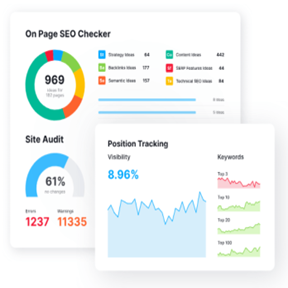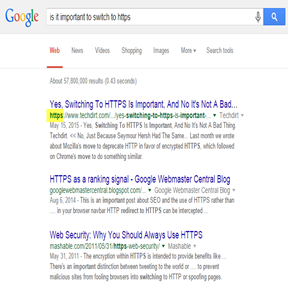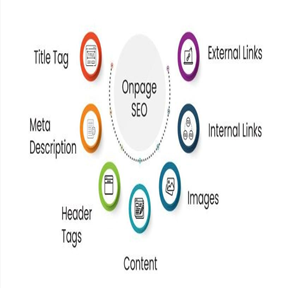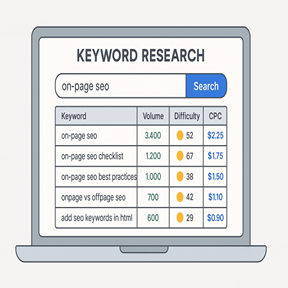Getting found on Google isn’t luck—it’s strategy. On‑page SEO helps your pages rank higher, drive traffic, and keep users hooked. In this comprehensive guide, we breakdown a 10‑item checklist that every site owner needs. Plus, I’ll suggest 4 strategic images you can use to support each part of your post visually and boost engagement.
Let’s get optimizing!

1. Identify Your Main Keyword and Intent 🔍
On‑page SEO starts with understanding:
- What searchers are looking for
- How your content satisfies that need
H3: Use Keyword Tools
Utilize platforms like Google Keyword Planner, Ahrefs, or SEMrush. You want keywords with:
- Moderate to high search volume (1k–10k/mo)
- Low to medium competition
- Relevant to your topic and audience

H3: Match Search Intent
Keywords fall into four types:
- Informational (e.g., “what is on‑page SEO”)
- Navigational (e.g., “Moz on‑page SEO guide”)
- Transactional (e.g., “on‑page SEO services”)
- Commercial investigation (e.g., “best on‑page SEO plugin”)
Actionable Tip: Create content that answers your audience’s intent perfectly—like this checklist for people looking to optimize pages.

2. Optimize Title Tags + Meta Descriptions
Two of the most visible and clickable elements in search results.
H3: Title Tag Best Practices
- Use your main keyword at the front: On‑Page SEO Checklist: Boost Your Rankings
- Keep it under 60 characters
- Inject emotion or power words (“Game‑Changing”, “Step‑by‑Step”)

H3: Meta Description Tips
- Keep under 155 characters
- Include your keyword naturally
- Add a call to action (e.g., “learn how to…”)
- Mention a benefit or number (“10 essential tips”)
Suggested image: A screenshot of a search result highlighting a well‑optimized title and meta description.

3. Use Headings Properly (H1, H2, H3…)
Headings structure your content for readers and search engines.
- H1 (one only!) – contains the main keyword (e.g., On‑Page SEO Checklist)
- H2s – outline key checklist items (Keyword Placement, Content Structure)
- H3s/H4s – break down details under each main heading
Bonus: Use LSI (latent semantic) keywords in subheadings to cover variations like “on‑page optimization”, “SEO checklist” naturally.


4. Optimize Content for Readability & Depth
Your content must provide value and be easy to digest.
H3: Write High‑Quality, 1,500+ Word Content
More depth = more ranking potential. Include:
- Definitions
- Step‑by‑step guides
- Examples
- Real data or stats
H3: Use Bullets, Tables, and Short Paragraphs
Keep paragraphs ≤ 50 words. Use bullet lists for clarity.
H3: Image & Infographic Support
Break up text with visuals – like the ones suggested above.

5. Strategic Keyword Placement
Your main keyword and variations should appear:
- In the first 100 words
- In at least one subheading
- Naturally throughout, about 1–1.5% density
- In image file names, alt text, and URL slug (e.g., yourdomain.com/on-page-seo-checklist)
Don’t overstuff—focus on readability.


6. Use Internal & External Links Smartly
H3: Internal Links
Link to relevant content on your site:
- Related articles
- Category pages
- Product or service pages
Internal linking:
- Boosts time on site
- Clarifies topic relationships
H3: External Links
Link to authoritative sources (like Moz’s SEO guide or Google’s SEO documentation). Make sure they:
- Open in a new tab
- Add real value to your post

7. Optimize Images & Media
Proper media optimization improves UX and site performance.
H3: Reduce File Size
Use compression tools like TinyPNG or WebP format to keep images under 200 KB.
H3: Use Descriptive File Names + Alt Text
For example:
- File: on-page-seo-diagram.png
- Alt: “On‑Page SEO checklist infographic with headings and links”
H3: Add Captions and Context
Explain how the graphic relates – adds value for readers and SEO.

8. Improve Page Speed & Mobile Responsiveness
Search engines love fast, responsive pages.
H3: Run Speed Tests
Use Google PageSpeed Insights or GTmetrix. Fix:
- Uncompressed images
- Render‑blocking JavaScript
- Server response time
H3: Mobile‑First Design
Ensure your content:
- Uses legible fonts
- Has touch-friendly buttons
- Loads quickly on 3G/4G connections
Suggested image: Screenshot from PageSpeed Insights showing performance scores.

9. Add Schema Markup
Structured data helps search engines understand your content:
- Use FAQ Schema for your FAQs section
- Use HowTo Schema if you break the checklist into steps
- Add “Article” schema to help Google show your post as a rich snippet
This can increase click-throughs and visibility.

10. Include a Strong CTA + FAQ Section
H3: Call to Action
Encourage readers to:
- Comment
- Download a PDF checklist
- Subscribe for updates
H3: FAQs Section (for Schema)
Add 5–7 FAQs about on‑page SEO:
- What is on‑page SEO?
- How often should I update my meta description?
- Can internal linking boost rankings?
Use structured Q&A to target featured snippets.

📊 Bonus: On‑Page SEO Audit Checklist Table
| ✅ Checkpoint | Details |
| Main keyword in title tag | Yes / No |
| Main keyword in meta description | Yes / No |
| H1 includes main keyword | Yes / No |
| At least 1 keyword variation used | Yes / No |
| Keyword in first 100 words | Yes / No |
| Subheadings include LSI terms | Yes / No |
| Internal links (3–5 links) | Yes / No |
| External authoritative links (2+) | Yes / No |
| Images optimized with alt text | Yes / No |
| PageSpeed Insights ≥ 90 (desktop & mobile) | Yes / No |
| Schema markup implemented | Yes / No |
| CTA present | Yes / No |
| FAQ section added | Yes / No |

Putting It All Together – Real‑World Example
Let’s walk through one sample page optimized using this guide:
- Title: “On‑Page SEO Checklist: 10 Essential Tips for Higher Rankings”
- Main Keyword: on-page SEO checklist
- First 100 words: Introduce the checklist, mention the keyword early.
- Subheadings: Each of the 10 points becomes an H2, with H3 for deeper insights.
- Media: Include suggested screenshots/infographics in relevant sections.
- Links:
- Internal: link to related posts like “How to do Keyword Research.”
- External: link to Google’s SEO Starter Guide.
- Images: Add alt text and compressed files.
- Speed Check: Run speed audit; fix issues before publishing.
- Schema & FAQ: Add JSON-LD markup for FAQ and article structure.
- CTA: “Download a printable checklist + subscribe for SEO updates.”
This structure ensures you’ve covered every on‑page SEO angle.

Conclusion
A flawless on‑page SEO checklist turbocharges your content’s ability to rank, get clicked, and hold reader interest. From keywords and headings to links, images, speed, and schema—each element plays a part.
By using the tips, table, and image suggestions above, you’ll craft content that:
- Ranks higher
- Looks better in search results
- Gives users a streamlined experience

